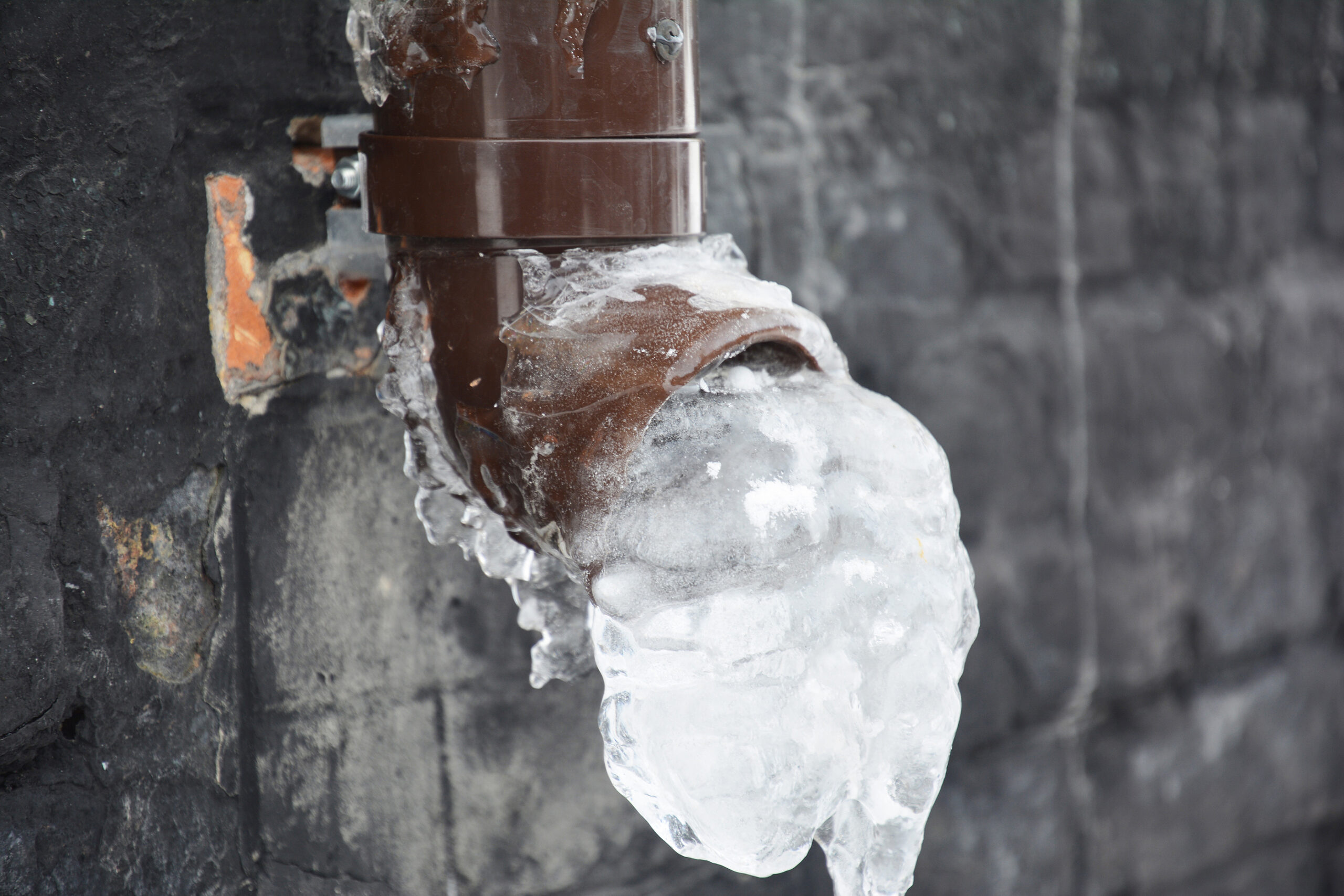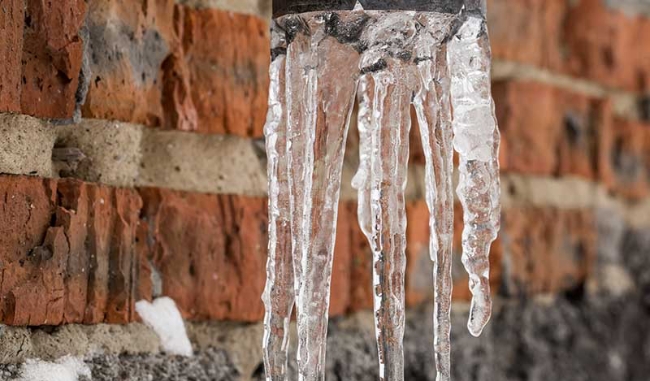How to Prevent Frozen Plumbing in Cold Weather: Professional Guidance
How to Prevent Frozen Plumbing in Cold Weather: Professional Guidance
Blog Article
We've stumbled on the article involving Helpful Tips to Prevent Frozen Pipes this Winter below on the web and decided it made sense to quickly share it with you on this site.

Cold weather can ruin your plumbing, particularly by freezing pipes. Below's exactly how to stop it from taking place and what to do if it does.
Introduction
As temperature levels decline, the threat of frozen pipelines rises, possibly resulting in pricey repairs and water damage. Understanding just how to avoid frozen pipes is important for house owners in cool climates.
Prevention Tips
Protecting at risk pipes
Cover pipes in insulation sleeves or utilize warm tape to protect them from freezing temperatures. Concentrate on pipelines in unheated or external areas of the home.
Home heating techniques
Keep indoor areas effectively heated, particularly locations with plumbing. Open up cupboard doors to allow cozy air to distribute around pipes under sinks.
How to determine icy pipelines
Try to find decreased water circulation from taps, unusual smells or noises from pipelines, and noticeable frost on subjected pipelines.
Long-Term Solutions
Architectural changes
Think about rerouting pipes away from exterior wall surfaces or unheated locations. Include additional insulation to attic rooms, cellars, and crawl spaces.
Upgrading insulation
Purchase high-quality insulation for pipes, attic rooms, and wall surfaces. Correct insulation helps preserve regular temperatures and decreases the threat of frozen pipes.
Shielding Exterior Plumbing
Garden hose pipes and outside taps
Disconnect and drain garden pipes prior to winter months. Install frost-proof spigots or cover outside faucets with insulated caps.
Comprehending Frozen Pipelines
What triggers pipelines to ice up?
Pipes ice up when exposed to temperature levels below 32 ° F (0 ° C) for prolonged periods. As water inside the pipes ices up, it broadens, putting pressure on the pipe wall surfaces and possibly triggering them to burst.
Risks and problems
Frozen pipelines can lead to supply of water disruptions, building damage, and pricey fixings. Ruptured pipes can flooding homes and cause substantial architectural damages.
Indicators of Frozen Pipeline
Recognizing frozen pipes early can stop them from bursting.
What to Do If Your Pipelines Freeze
Immediate activities to take
If you believe frozen pipelines, maintain taps open up to ease pressure as the ice melts. Utilize a hairdryer or towels soaked in hot water to thaw pipes gradually.
Final thought
Stopping icy pipes needs aggressive measures and fast reactions. By recognizing the causes, indicators, and preventive measures, property owners can safeguard their plumbing throughout winter.
5 Ways to Prevent Frozen Pipes
Drain Outdoor Faucets and Disconnect Hoses
First, close the shut-off valve that controls the flow of water in the pipe to your outdoor faucet. Then, head outside to disconnect and drain your hose and open the outdoor faucet to allow the water to completely drain out of the line. Turn off the faucet when done. Finally, head back to the shut-off valve and drain the remaining water inside the pipe into a bucket or container. Additionally, if you have a home irrigation system, you should consider hiring an expert to clear the system of water each year.
Insulate Pipes
One of the best and most cost-effective methods for preventing frozen water pipes is to wrap your pipes with insulation. This is especially important for areas in your home that aren’t exposed to heat, such as an attic. We suggest using foam sleeves, which can typically be found at your local hardware store.
Keep Heat Running at 65
Your pipes are located inside your walls, and the temperature there is much colder than the rest of the house. To prevent your pipes from freezing, The Insurance Information Institute suggests that you keep your home heated to at least 65 degrees, even when traveling. You may want to invest in smart devices that can keep an eye on the temperature in your home while you’re away.
Leave Water Dripping
Moving water — even a small trickle — can prevent ice from forming inside your pipes. When freezing temps are imminent, start a drip of water from all faucets that serve exposed pipes. Leaving a few faucets running will also help relieve pressure inside the pipes and help prevent a rupture if the water inside freezes.
Open Cupboard Doors
Warm your kitchen and bathroom pipes by opening cupboards and vanities. You should also leave your interior doors ajar to help warm air circulate evenly throughout your home.

Do you enjoy reading about How to Prevent Your Pipes From Freezing? Try leaving a remark down the page. We will be happy to see your suggestions about this piece. Hoping that you come back again in the near future. Are you aware of someone else who is enthusiastic about the niche? Take a moment to promote it. We love reading our article about How to Prevent Your Pipes From Freezing.
Get A Quote Report this page